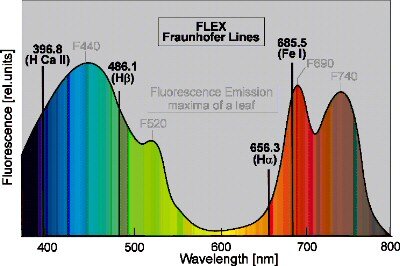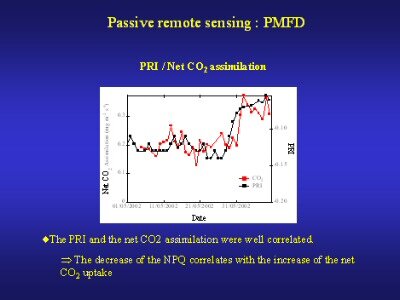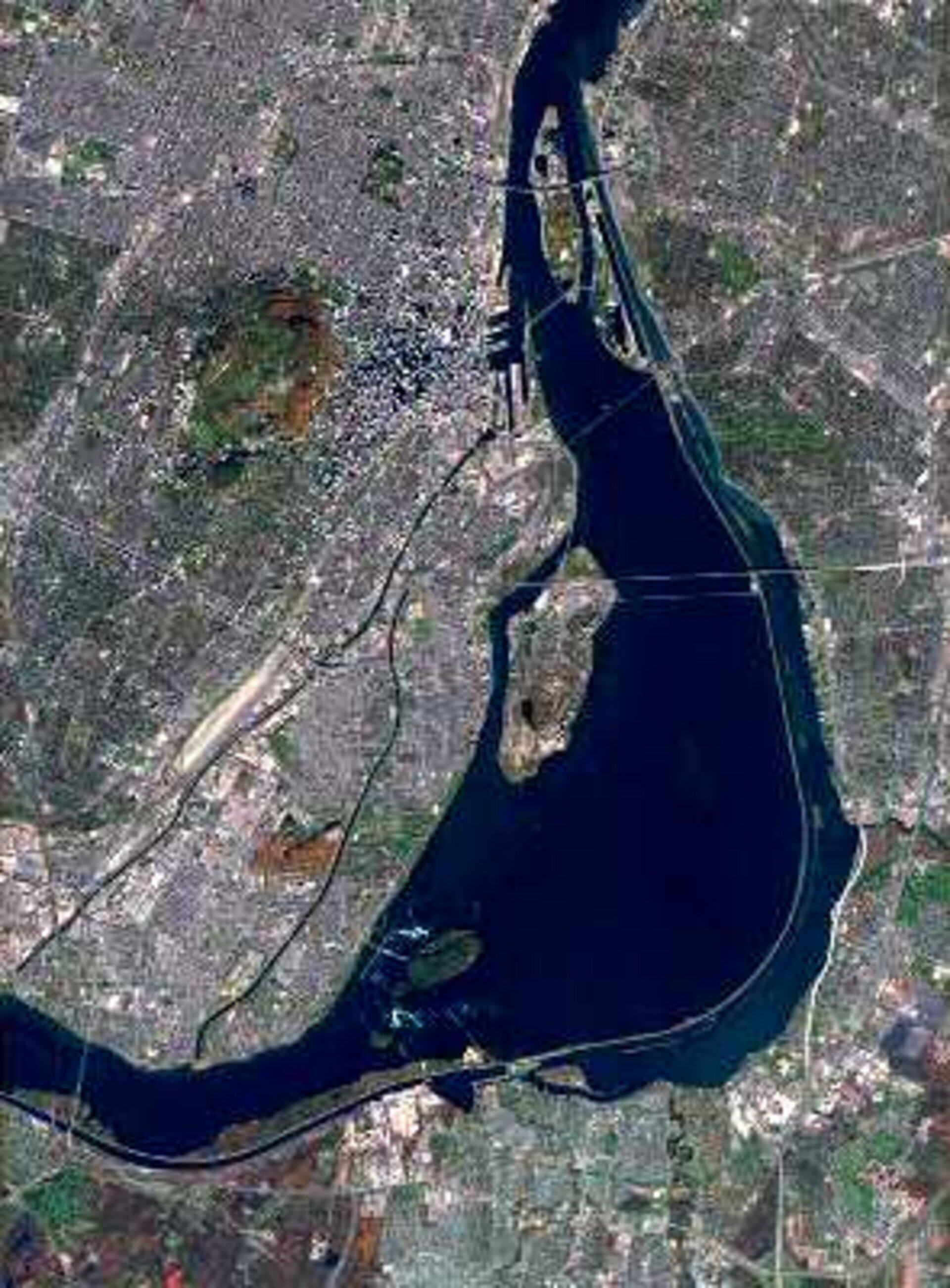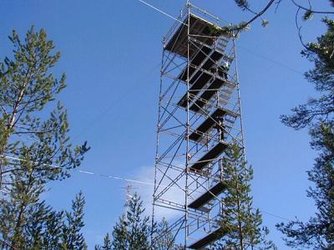Measuring fluorescence to understand the carbon cycle
Scientists from all over the world recently gathered in Canada to review the progress that has been made in the concept of a possible space mission that could measure solar-induced fluorescence emitted by vegetation. If realised, such a mission would significantly advance our understanding of the Earth's carbon cycle and global warming processes.
Fluorescence is emitted from vegetation in the visible and infrared region of the electromagnetic spectrum and can provide unique information about the photosynthetic activity of plants. Unlike conventional reflectance measurements, which are affected by numerous processes, the fluorescence signal is directly related to a fundamental process occurring within the plant, and can therefore serve as a proxy for measuring actual photosynthesis. Photosynthetic activity determines how much carbon dioxide is removed from the atmosphere by plants. This means that observing fluorescence emitted by vegetation by a dedicated space mission would provide global information about the important role that plants play in the carbon cycle, and would ultimately advance our understanding of the Earth system and climate.

The 2nd International Workshop on Remote Sensing of Vegetation Fluorescence was held at the Canadian Space Agency's facility in St. Hubert, Québec, Canada and follows the first workshop that was held at ESA-ESTEC in the Netherlands two years ago. Since the first event, significant progress has been made addressing the challenges of exploiting the concept of measuring the fluorescence signal from space. For example, in 2002 the Solar Induced Fluorescence Campaign (SIFLEX) was carried out in northern Finland to collect experimental data on fluorescence-signal levels over boreal forests at specific bands of interest for space-borne sensors. The experiment, carried out over a six-week period, covered the spring recovery of the forest from winter dormancy, through to its fully active summer state when photosynthesis was at a maximum. Amongst other activities, measurements were taken of the forest canopy from a high tower with an instrument that had been specifically developed for the campaign. ESA's SIFLEX campaign represented a significant step towards the possibility of detecting and observing the chlorophyll fluorescence and its fluctuations in the natural environment over a long period of time.

More recently, a new Airborne Multi-Wavelength Passive Fluorescence Detector (AirFlex) instrument was tested in a campaign over Germany. So far, the preliminary results of the airborne campaign are encouraging and detailed analysis is currently on going. Further airborne campaigns addressing specific scientific questions relating to the exploitation of the fluorescence signal are also currently being discussed. In addition, a canopy model based on the reflected and the fluorescence signal above tree canopies with different characteristics has been developed. This model is considered as an important tool for advancing our understanding of the fluorescence signal and will be made available to the science community at the beginning of next year.
The workshop in Canada proved very successful providing a forum to discuss, in depth, these results and other advances that have been made in this field. It was also proposed to build teams of scientists from Europe, USA and Canada so that in the future, a coordinated proposal could be made for a mission dedicated to measuring fluorescence from space.







